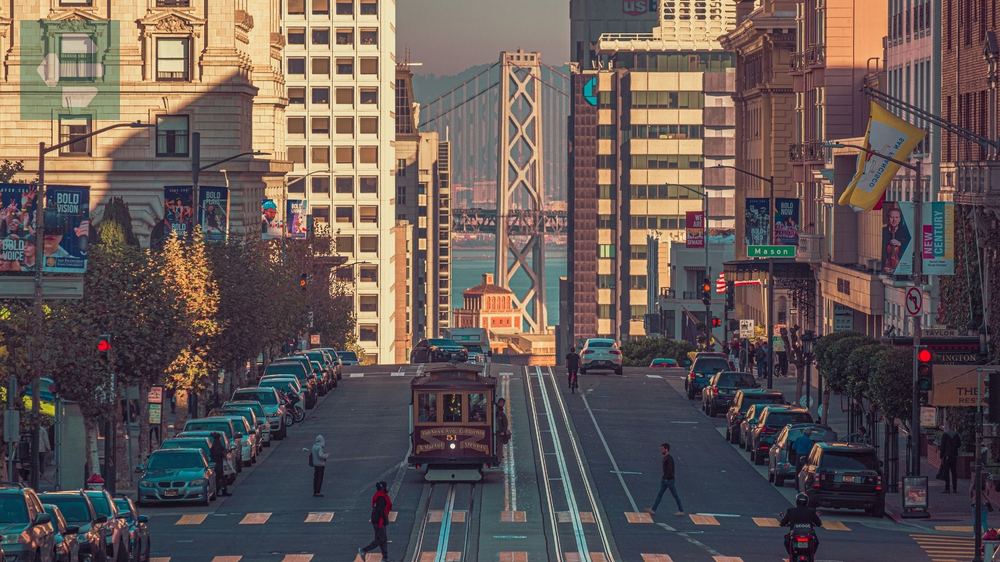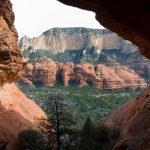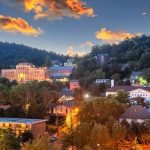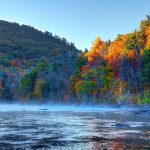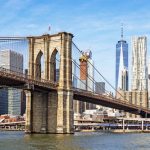California offers diverse landscapes from towering redwoods to desert oases, pristine beaches to snow-capped peaks. Some of the best places to visit in California include Yosemite National Park, Big Sur, Los Angeles, San Francisco, and Lake Tahoe.
Keep reading as we uncover California's most spectacular destinations that will transform your Golden State adventure into an unforgettable journey.
List of Contents
- 1. Yosemite National Park: Granite Cathedrals and Falling Water
- 2. Joshua Tree National Park: Where Two Deserts Meet
- 3. Big Sur: Poetry Written in Stone and Sea
- 4. Los Angeles: Dreams and Reality Under Endless Sun
- 5. San Francisco: Fog, Hills, and Golden Dreams
- 6. San Diego: Perfect Weather, Perfect Views
- 7. Palm Springs: Mid-Century Modern Oasis
- 8. Death Valley National Park: Beautiful Desolation
- 9. Lake Tahoe: Alpine Clarity in the Sierra Nevada
- 10. Sequoia National Park: Giants Among Giants
- 11. Santa Barbara: The American Riviera
- 12. Solvang: Denmark in California's Central Valley
- 13. Santa Monica Pier: Pacific Ocean Playground
- 14. Disneyland Resort: Where Dreams Take Flight
1. Yosemite National Park: Granite Cathedrals and Falling Water
Yosemite spans 1,200 square miles of granite cliffs, ancient sequoias, and cascading waterfalls. El Capitan rises 3,000 feet straight up—a monolithic challenge that draws climbers from around the world.
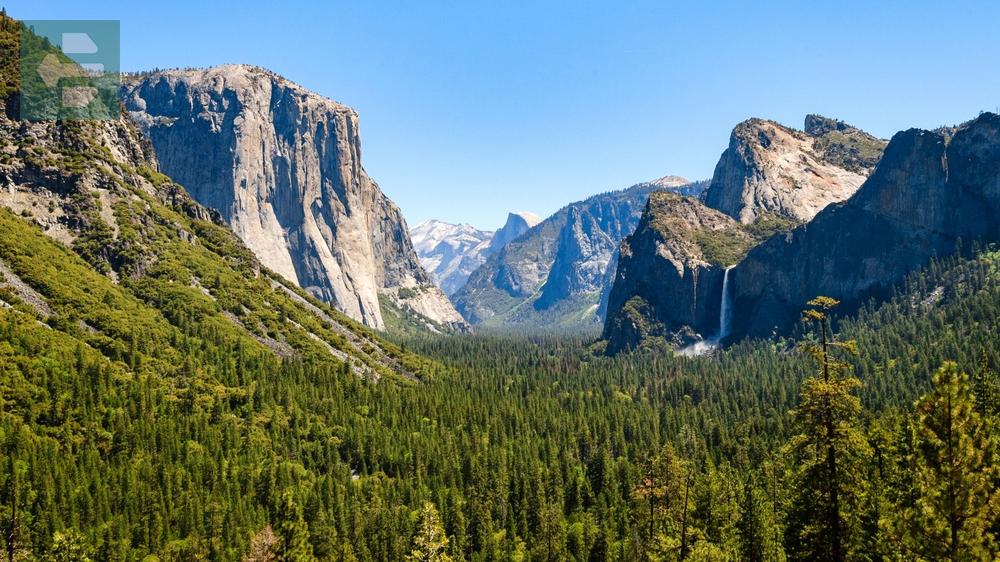
Visit Tunnel View at sunrise when golden light ignites Half Dome's face. The parking lot fills quickly, so arrive before 6 AM or after 8 PM to avoid crowds and capture the magic without distractions.
Yosemite Falls thunders with snowmelt in May and June, then whispers to silence by late summer. Each season reveals a different face of this granite cathedral.
Quick Facts
- Peak Season: May-September
- How to Get There: Drive via Highway 120, 140, or 41; fly into Fresno (1 hour drive)
- Entry Fee: From $35 per vehicle
- Recommended Stay: 3-4 days
- Key Attractions: Half Dome, El Capitan, Yosemite Falls, Glacier Point, Mariposa Grove
2. Joshua Tree National Park: Where Two Deserts Meet
Joshua Tree sits at the intersection of the Mojave and Colorado deserts, creating a landscape unlike anywhere else. The park's namesake trees stretch twisted arms toward endless sky, some over 150 years old.
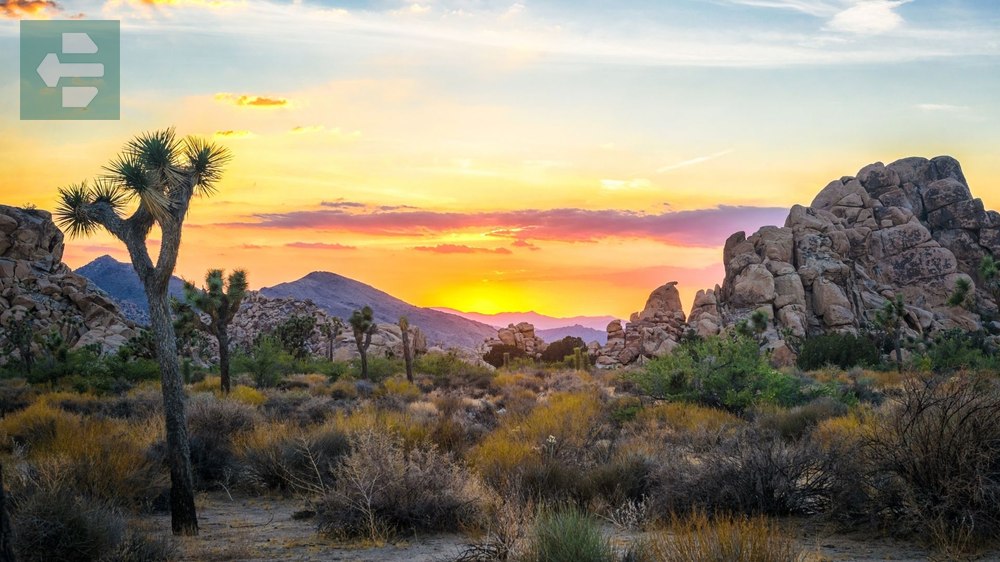
Rock formations here tell stories written in granite. Skull Rock and Arch Rock draw photographers, while Hidden Valley was once a cattle rustlers' hideout.
The desert blooms most dramatically after winter rains. Cholla cacti flower in yellow crowns, and desert willow adds splashes of purple to the austere palette.
Quick Facts
- Peak Season: October-April
- How to Get There: Drive via Interstate 10; closest airports Palm Springs (45 minutes) or Los Angeles (2.5 hours)
- Entry Fee: From $30 per vehicle
- Recommended Stay: 2-3 days
- Key Attractions: Skull Rock, Arch Rock, Hidden Valley, Cholla Cactus Garden, Keys View
3. Big Sur: Poetry Written in Stone and Sea
Big Sur stretches 90 miles where the Santa Lucia Mountains plunge into the Pacific. Highway 1 here is not just a road—it's a pilgrimage route carved into cliffsides.
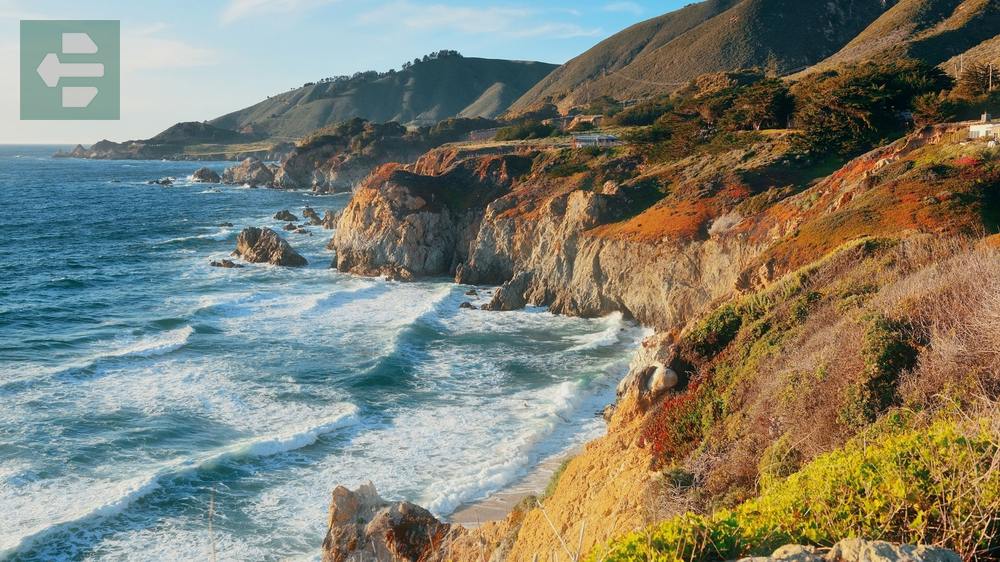
McWay Falls drops 80 feet onto a crescent beach accessible only by eye. I've watched countless visitors stand mesmerized at Julia Pfeiffer Burns overlook, cameras forgotten in their hands.
Drive slowly. Big Sur rewards the unhurried with hidden coves, redwood groves, and roadside stands selling jade jewelry crafted by local artisans.
Quick Facts
- Peak Season: May-October
- How to Get There: Highway 1 from Monterey or San Simeon
- Entry Fee: State park fees from $10-15 per vehicle
- Recommended Stay: 2-3 days
- Key Attractions: McWay Falls, Bixby Creek Bridge, Hearst Castle, Nepenthe Restaurant, Point Sur Lighthouse
4. Los Angeles: Dreams and Reality Under Endless Sun
Los Angeles sprawls across 500 square miles, a city of neighborhoods each with distinct personality. Hollywood sells dreams while Venice Beach lives them.
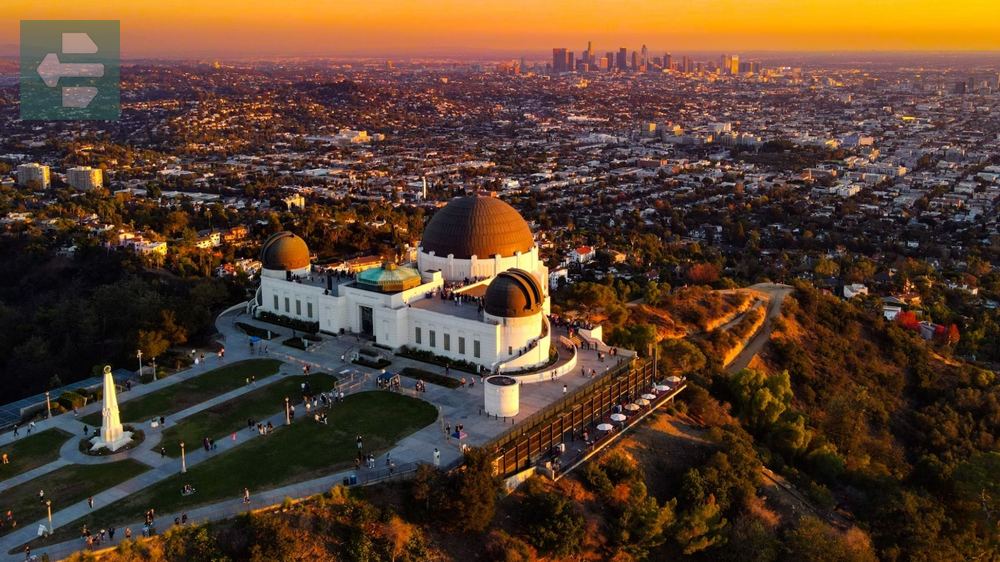
The Getty Center floats above the city like a marble cloud. Admission is free, but parking fills early. Visit Wednesday through Sunday to explore both the museum and gardens.
Skip the tourist traps on Hollywood Boulevard. Instead, catch sunrise at Griffith Observatory or sunset at Manhattan Beach—where locals actually go to escape the city's pulse.
Quick Facts
- Peak Season: June-August
- How to Get There: LAX airport; extensive metro and bus system
- Entry Fee: Most attractions have individual pricing
- Recommended Stay: 4-7 days
- Key Attractions: Hollywood Sign, Griffith Observatory, Getty Center, Santa Monica Pier, Venice Beach, Rodeo Drive
5. San Francisco: Fog, Hills, and Golden Dreams
San Francisco packs 49 square miles with steep hills, Victorian houses, and morning fog that rolls through the Golden Gate like a living thing.
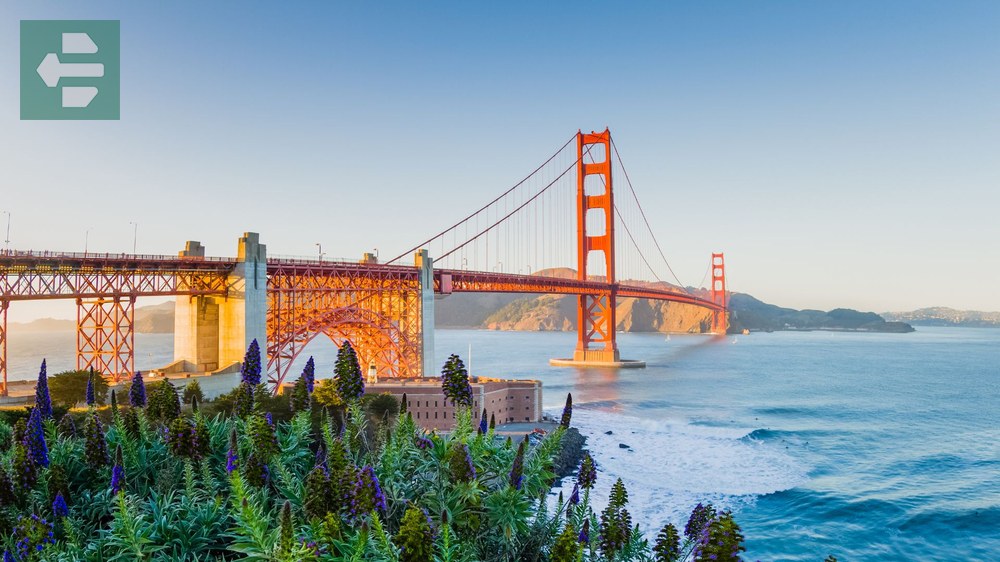
The city's cable cars aren't tourist attractions—they're working transit that locals use daily. Ride the Powell-Mason line at 6 AM to experience the system as commuters do.
September and October bring the city's finest weather. Summer visitors often pack heavy coats, surprised by 60-degree fog in July.
Quick Facts
- Peak Season: September-October
- How to Get There: San Francisco International Airport; excellent public transportation
- Entry Fee: Individual attraction pricing varies
- Recommended Stay: 3-5 days
- Key Attractions: Golden Gate Bridge, Alcatraz Island, Fisherman's Wharf, Lombard Street, Chinatown, Golden Gate Park
6. San Diego: Perfect Weather, Perfect Views
San Diego enjoys 260 sunny days annually with temperatures rarely straying from 70 degrees. The city spreads along 70 miles of coastline from La Jolla's sea caves to Coronado's white sand beaches.
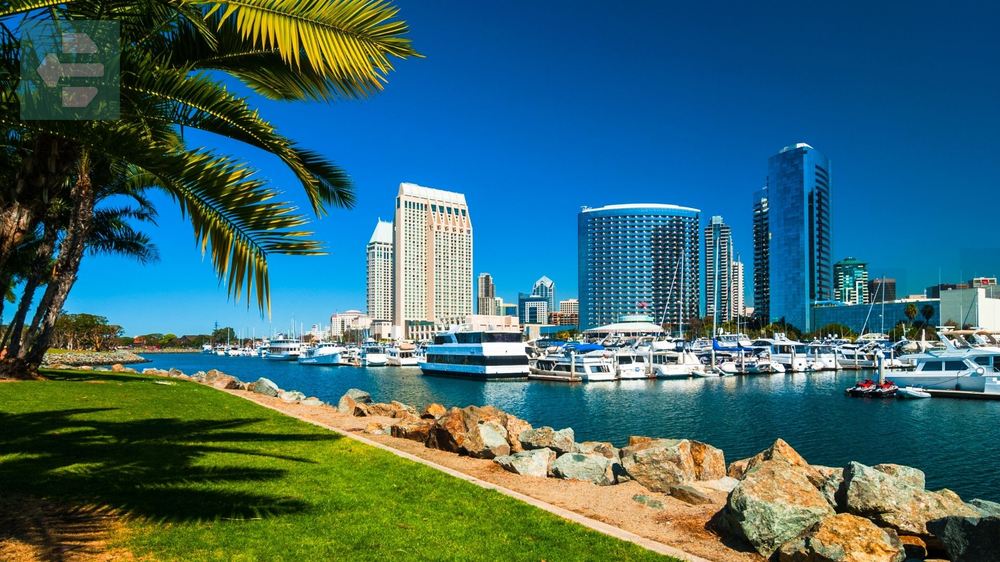
Balboa Park contains 17 museums, gardens, and the famous San Diego Zoo within 1,400 acres. Most visitors rush through—spend a full day here to appreciate the Spanish architecture and botanical diversity.
La Jolla Cove offers some of California's clearest water. Snorkel among garibaldi fish and sea lions, or simply watch surfers ride perfect waves from the coastal bluffs.
Quick Facts
- Peak Season: June-August
- How to Get There: San Diego International Airport; trolley and bus system
- Entry Fee: Beach access free; attractions vary
- Recommended Stay: 4-6 days
- Key Attractions: Balboa Park, San Diego Zoo, La Jolla Cove, Coronado Beach, Gaslamp Quarter, USS Midway Museum
7. Palm Springs: Mid-Century Modern Oasis
Palm Springs sits in the Sonoran Desert, surrounded by mountains and fed by natural hot springs. The city became a mid-century modern showcase when Hollywood stars built weekend retreats here.
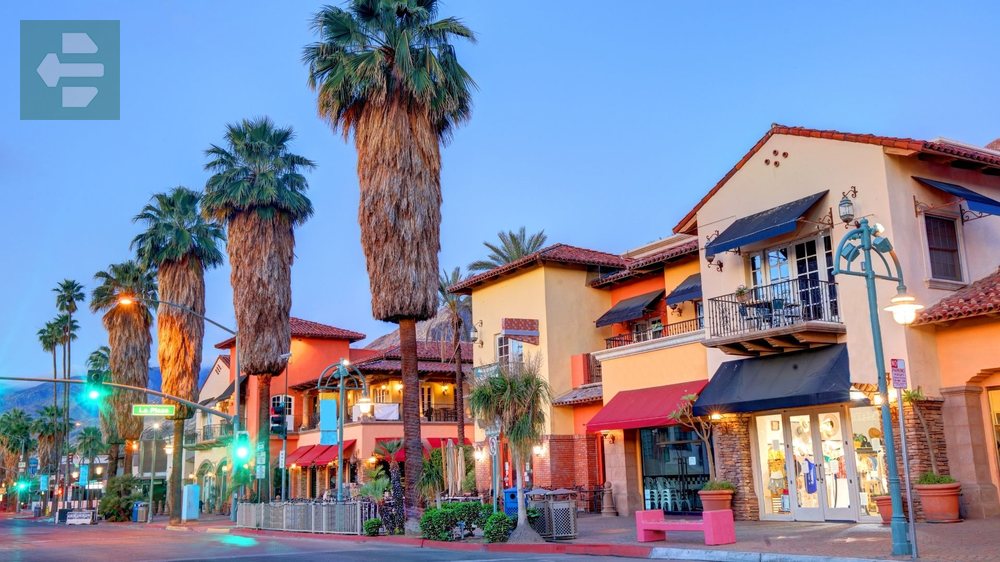
The Palm Springs Aerial Tramway climbs 8,500 feet in 10 minutes, transitioning from desert floor to alpine forest. The temperature drops 30 degrees at the summit—bring layers.
Visit between October and April when daytime temperatures hover around 80 degrees. Summer temperatures regularly exceed 110 degrees, making outdoor activities dangerous.
Quick Facts
- Peak Season: December-April
- How to Get There: Palm Springs International Airport; drive via Interstate 10
- Entry Fee: Most attractions have individual pricing
- Recommended Stay: 2-4 days
- Key Attractions: Palm Springs Aerial Tramway, Indian Canyons, Downtown Palm Springs, Desert Hot Springs, Joshua Tree National Park (nearby)
8. Death Valley National Park: Beautiful Desolation
Death Valley holds the record for Earth's hottest temperature: 134°F recorded in 1913. This landscape of salt flats, colored badlands, and sand dunes spans 5,270 square miles.
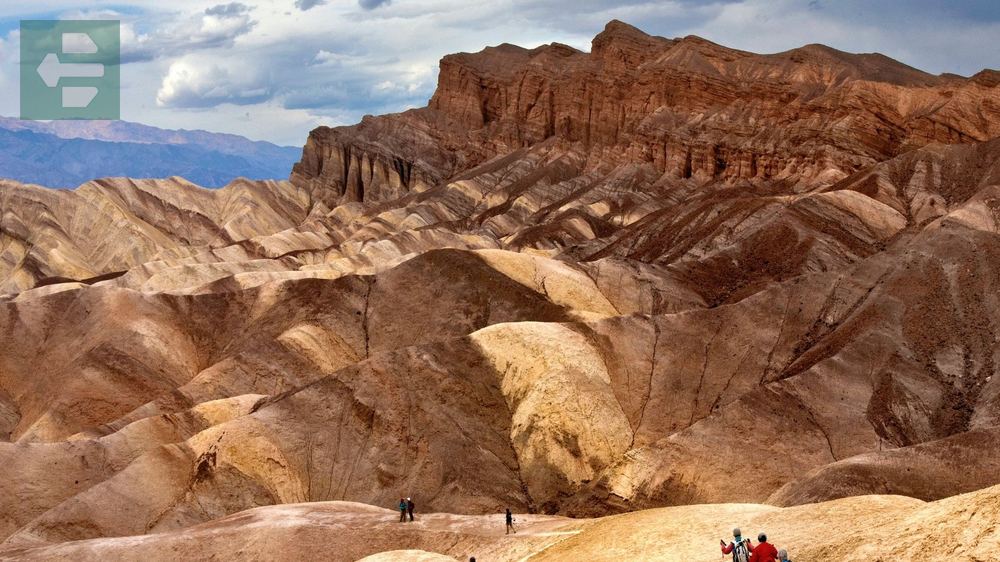
Badwater Basin sits 282 feet below sea level, the lowest point in North America. The salt polygons here form geometric patterns that photographers chase at sunrise and sunset.
Winter transforms this harsh desert into hiking paradise. Temperatures range from 50-70°F, and rare wildflower blooms carpet the valley floor after winter rains.
Quick Facts
- Peak Season: November-March
- How to Get There: Drive via Highway 190 or 178; Las Vegas airport (2 hours)
- Entry Fee: From $10 per vehicle
- Recommended Stay: 2-3 days
- Key Attractions: Badwater Basin, Artists Palette, Zabriskie Point, Mesquite Flat Sand Dunes, Dante's View
9. Lake Tahoe: Alpine Clarity in the Sierra Nevada
Lake Tahoe contains 39 trillion gallons of water so clear you can see 75 feet down. The lake straddles the California-Nevada border at 6,225 feet elevation, surrounded by snow-capped peaks.
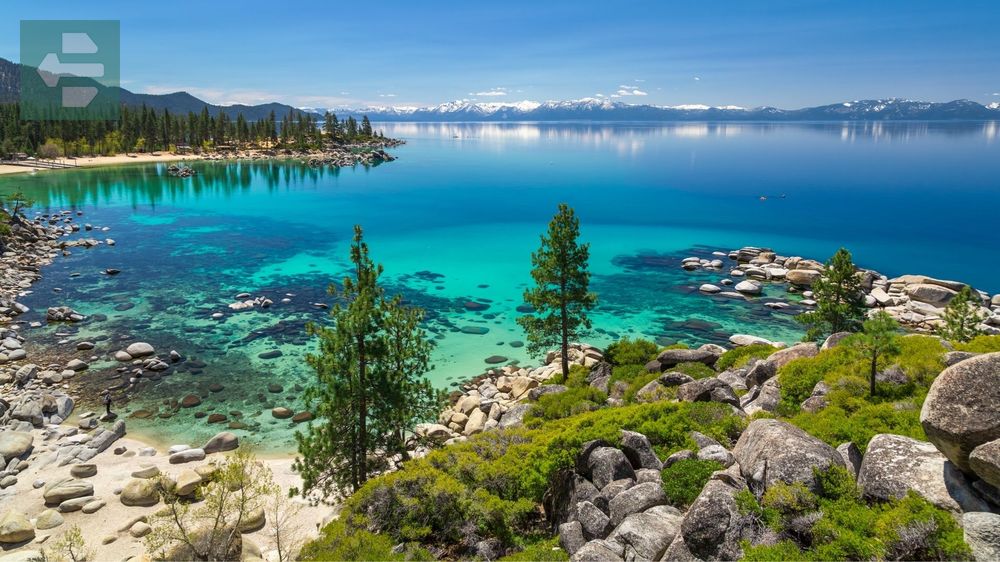
Emerald Bay forms a perfect horseshoe of granite and pine. The scenic overlook parking fills by 9 AM in summer, but early risers capture reflections in mirror-still water.
September offers ideal conditions: warm days, cool nights, and fewer crowds after Labor Day weekend. The aspen trees turn gold, creating a brief but spectacular show.
Quick Facts
- Peak Season: June-September (summer), December-March (skiing)
- How to Get There: Drive via Interstate 80 or 50; Reno airport (1 hour)
- Entry Fee: Beach and park access varies
- Recommended Stay: 3-5 days
- Key Attractions: Emerald Bay, Vikingsholm Castle, Tahoe Rim Trail, Crystal Bay, Sand Harbor Beach
10. Sequoia National Park: Giants Among Giants
Sequoia National Park protects groves of the world's largest trees by volume. General Sherman, the largest living tree on Earth, stands 275 feet tall and over 2,000 years old.
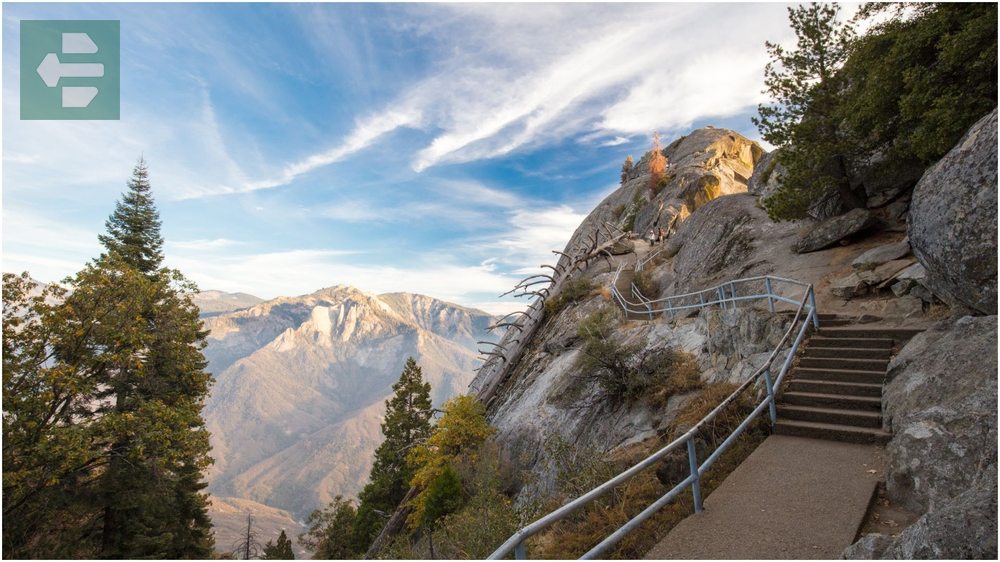
The Giant Forest contains 8,000 sequoias over one foot in diameter. Walk among these ancient giants on the Congress Trail, where fallen trees create tunnels large enough to drive through.
Winter brings snow to the high country, but the sequoia groves remain accessible. These trees have survived ice ages, droughts, and fires—their thick bark tells stories written in centuries.
Quick Facts
- Peak Season: May-September
- How to Get There: Highway 198 or 180; Fresno airport (1.5 hours)
- Entry Fee: From $35 per vehicle
- Recommended Stay: 2-4 days
- Key Attractions: General Sherman Tree, Giant Forest, Moro Rock, Crystal Cave, Kings Canyon (connected park)
11. Santa Barbara: The American Riviera
Santa Barbara stretches along beaches where the California coast turns east-west, creating south-facing shores and consistent temperatures year-round. Red tile roofs and white stucco buildings maintain Spanish colonial architecture mandated after the 1925 earthquake.
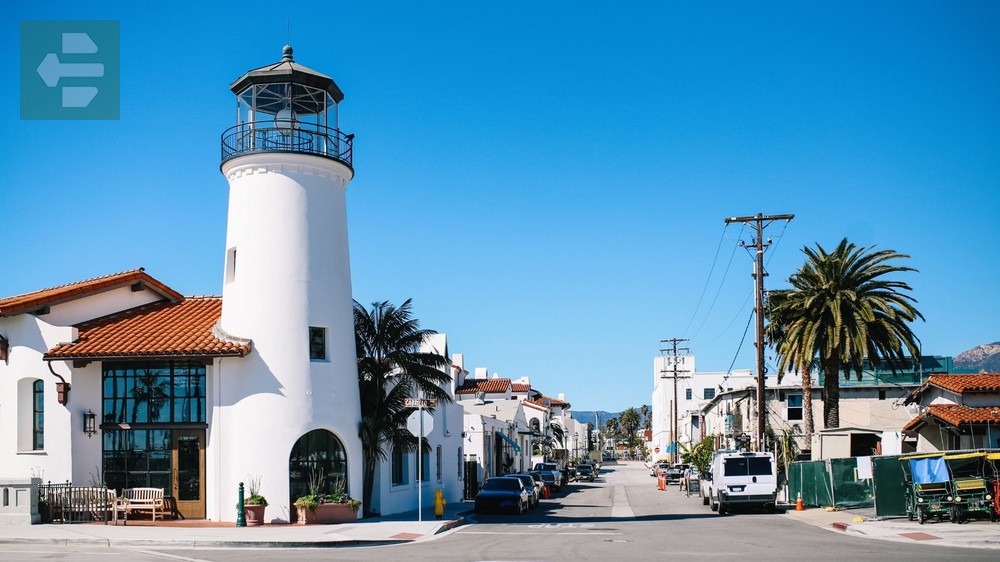
State Street leads from the ocean to the mountains in a straight line. Walk or bike the flat 12 blocks from Stearns Wharf to the courthouse, stopping at outdoor cafés and wine tasting rooms.
The Santa Ynez Mountains rise directly behind downtown, creating microclimates where morning marine layer burns off by noon to reveal perfect blue skies.
Quick Facts
- Peak Season: May-October
- How to Get There: Santa Barbara Airport; train via Amtrak Pacific Surfliner
- Entry Fee: Beach access free; attractions vary
- Recommended Stay: 2-4 days
- Key Attractions: Stearns Wharf, Santa Barbara Mission, State Street, Butterfly Beach, Santa Barbara County Courthouse
12. Solvang: Denmark in California's Central Valley
Solvang was founded by Danish immigrants in 1911 as a folk school community. Today, windmills, half-timbered buildings, and bakeries serving authentic æbleskiver maintain the Danish theme.

The town sits in the Santa Ynez Valley, surrounded by vineyards and oak-studded hills. Over 100 wineries operate within a 30-minute drive, from boutique tasting rooms to renowned estates.
Visit during December when the town decorates for Julefest, or in September for Danish Days festival. Any time of year, the bakeries produce fresh pastries using recipes brought from Denmark over a century ago.
Quick Facts
- Peak Season: May-October
- How to Get There: Drive via Highway 101 or 154; Santa Barbara airport (45 minutes)
- Entry Fee: Town access free; wine tastings vary
- Recommended Stay: 1-2 days
- Key Attractions: Danish architecture, wine tasting, Solvang Mission, windmills, authentic bakeries
13. Santa Monica Pier: Pacific Ocean Playground
Santa Monica Pier extends 1,600 feet into the Pacific Ocean, anchored by Pacific Wheel—the world's only solar-powered Ferris wheel. The amusement park operates year-round with carnival games, roller coasters, and street performers.
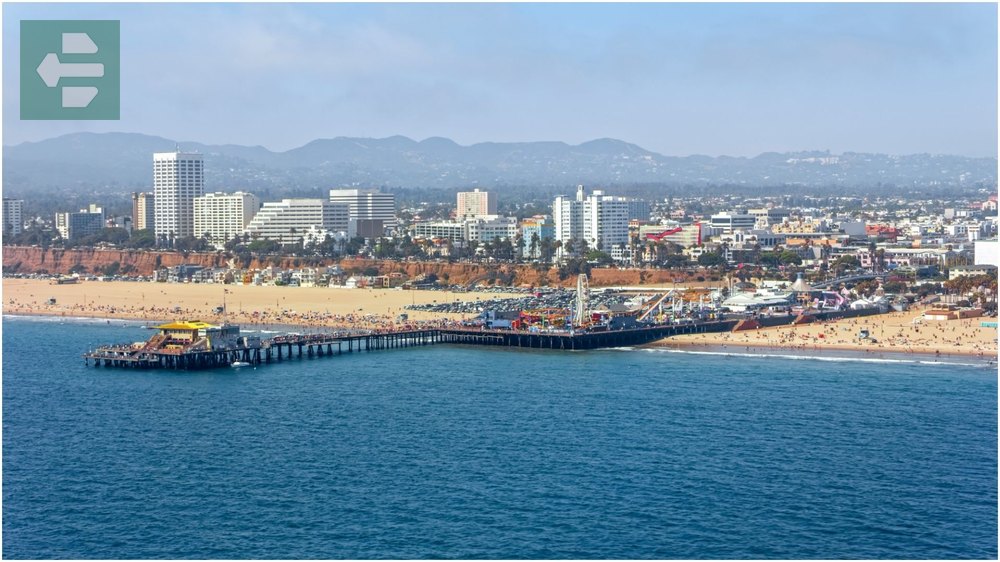
Third Street Promenade runs three blocks from the beach to Wilshire Boulevard. This pedestrian mall features outdoor cafés, movie theaters, and musicians performing on every corner.
The beach stretches 3.5 miles from Venice to Pacific Palisades. Rent bikes on the pier and ride the dedicated path—22 miles of car-free cycling along California's coast.
Quick Facts
- Peak Season: June-September
- How to Get There: LAX airport (20 minutes); Metro Expo Line to Santa Monica
- Entry Fee: Pier access free; rides individually priced
- Recommended Stay: Half day to full day
- Key Attractions: Pacific Wheel, Santa Monica Beach, Third Street Promenade, Venice Beach (adjacent), bike path
14. Disneyland Resort: Where Dreams Take Flight
Disneyland opened in 1955 as Walt Disney's vision of a place where parents and children could have fun together. The original park spans 85 acres with eight themed lands, while Disney California Adventure adds 72 acres of California-inspired attractions.

Arrive at rope drop—30 minutes before official opening—to experience popular attractions with minimal wait times. The parks release guests in stages, with hotel guests entering earliest.
September offers the smallest crowds and lowest prices as summer visitors return to school. Weekdays consistently cost less than weekends across all seasons.
Quick Facts
- Peak Season: June-August, December holidays
- How to Get There: John Wayne Airport (20 minutes); Anaheim train station via Amtrak
- Entry Fee: From $104 per day
- Recommended Stay: 2-4 days
- Key Attractions: Space Mountain, Pirates of the Caribbean, Haunted Mansion, Indiana Jones Adventure, Cars Land, Avengers Campus
California stretches from desert valleys to alpine peaks, ocean cliffs to redwood cathedrals. These 14 destinations represent the best places to visit in California—each offering unique experiences that capture the state's incredible diversity.
Pack layers regardless of season. California's microclimates can shift from beach warmth to mountain snow within an hour's drive.
Your California adventure awaits. Whether chasing waterfalls in Yosemite, surfing perfect waves in San Diego, or watching fog roll through San Francisco's Golden Gate, the Golden State delivers memories that last lifetimes.
